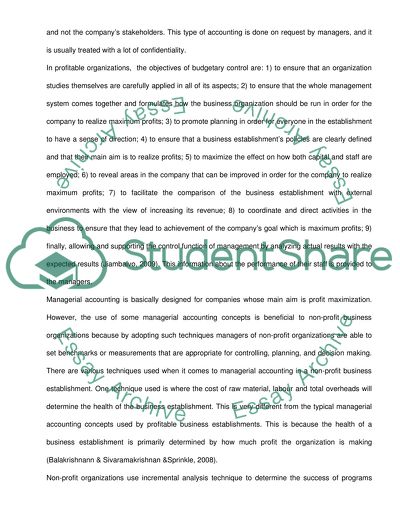Cite this document
(“How do the differences between profit and non-profit organisations Essay”, n.d.)
How do the differences between profit and non-profit organisations Essay. Retrieved from https://studentshare.org/finance-accounting/1475469-how-do-the-differences-between-profit-and-non
How do the differences between profit and non-profit organisations Essay. Retrieved from https://studentshare.org/finance-accounting/1475469-how-do-the-differences-between-profit-and-non
(How Do the Differences Between Profit and Non-Profit Organisations Essay)
How Do the Differences Between Profit and Non-Profit Organisations Essay. https://studentshare.org/finance-accounting/1475469-how-do-the-differences-between-profit-and-non.
How Do the Differences Between Profit and Non-Profit Organisations Essay. https://studentshare.org/finance-accounting/1475469-how-do-the-differences-between-profit-and-non.
“How Do the Differences Between Profit and Non-Profit Organisations Essay”, n.d. https://studentshare.org/finance-accounting/1475469-how-do-the-differences-between-profit-and-non.


